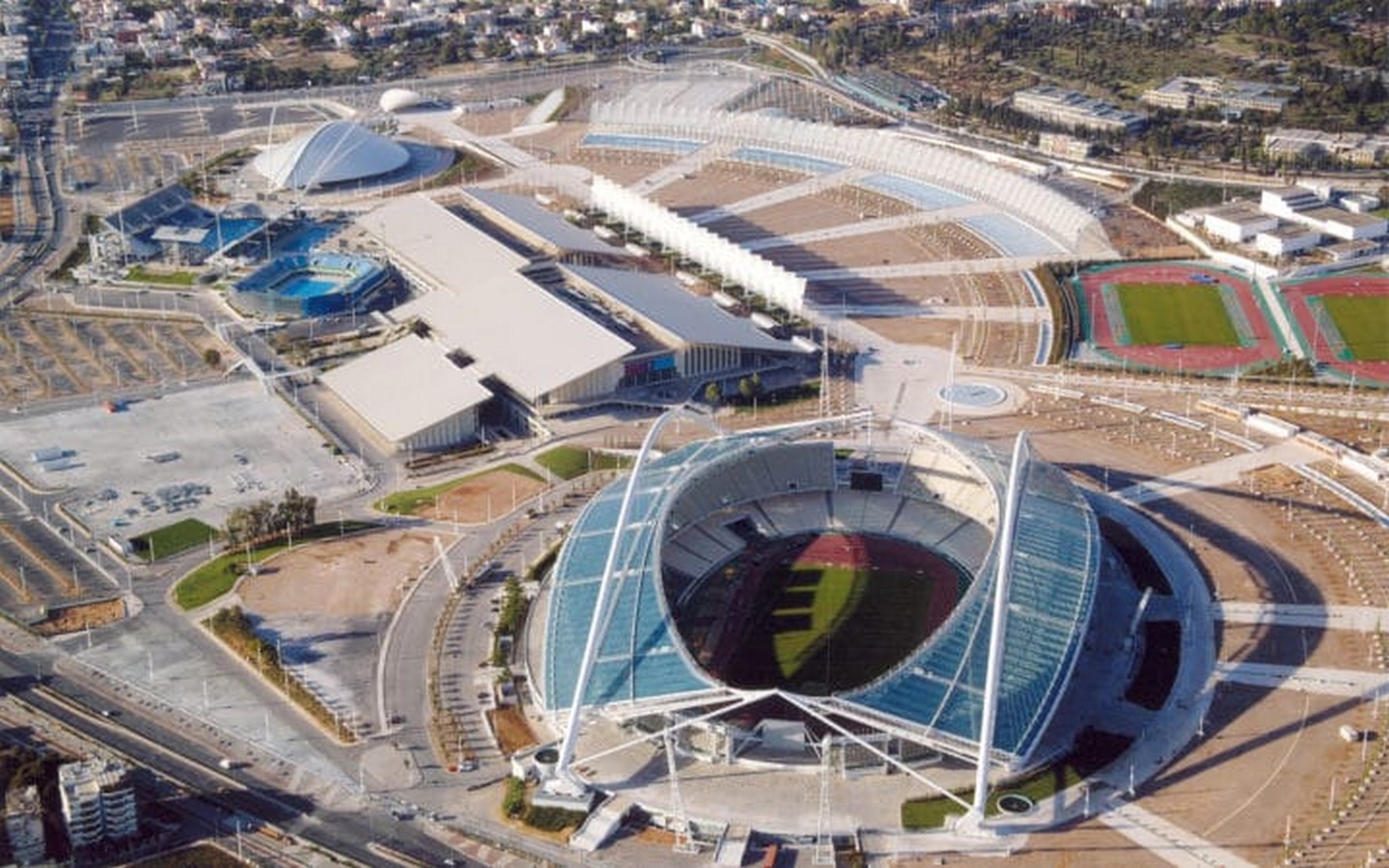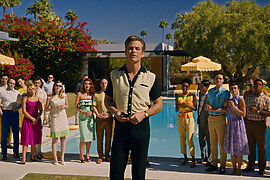“Architecture and Engineering are linked together by the Art of construction.”
Architect Santiago Calatrava in an interview by Charlie Rose from ‘Manufacturing Intellect’ (2002)

Spanish-born architect Santiago Calatrava is an artist, architect, and engineer who combines technology and art to create structures all around the world that are visually striking. He initially came to be known for his signature bridges all across Europe and has defined two guiding forces for all his designs – nature and movement. This article brings light upon the early life of Calatrava, his ideologies and inspirations, and a wide variety of works done across the globe when interviewed by Charlie Rose from ‘Manufacturing Intellect’ in 2002.
Santiago Calatrava is an expert in all three fields of art, architecture, and engineering believes that there is not much difference between architecture and engineering and that these both are connected by the art of construction. For him, though all projects are different, yet they have a common goal of creating an impact on the people, surroundings, and the city where it is located. This he explains by giving the example of Golden Gate Bridge in San Francisco, and that it is the grandeur of the bridge that makes the Bay area so unique from the rest.
Calatrava, to date, has designed more than 60 bridges and yet all are unique to their designs owing to their shape, use of materials, type of stability provided to the structure, and he agrees to the fact that to carry out such kinds of projects, one requires a deep understanding of engineering. Furthermore, when asked about his most-liked bridge design, he answered without any pause that it was the Alamillo Bridge in Seville, Spain as it is a design that is technically pure and beautifully expressed having a minimal design equation for a bridge. Another one of his favorites is the Campo Volantin Bridge in Bilbao that exemplifies how a small-scale project can be significant for the city.

One of the first projects assigned to Calatrava was when he won a design competition for the Stadelhofen railway station in Zurich, after completing his engineering and doctorate. Calatrava points out clearly that bridges, transit stations, and to an extent garages are all very similar. There is no disagreement that thousands of people visit these spaces daily and play an important part in defining not just the character of a building but the whole city. This is one of the vital reasons that should be designed with dignity as it becomes more of a destination for people to remember and for them to connect with others coming from different parts of the world.

Along with many projects of Calatrava discussed during the interview in 2002, the Milwaukee Art Museum in Wisconsin, United States was talked about in more detail. According to Russell Bowman, director of the Milwaukee Museum, he along with his team were looking for an architect who would respect the existing structures, design a dramatic building, and most important of all, someone who could build a building that would speak of ‘Art’ itself; and Calatrava’s design proposal fulfilled all these conditions creating a unique design. Since this was his first project in the US, he visited the site about 40 times in 5 years to understand the people, place, and the city. The most eye-catching element of this Museum was the louvers or ‘wings’ made of white steel and concrete that open and close like the wings of a bird. This gives the structure a dynamic character and transforms it into a sculpture. To add to this, Calatrava concludes that to do a museum is a challenge, and architecture must become art and add more beauty as an element.

Coming to design philosophies, inspirations of Calatrava, and whether his designs have a specific ‘look’ that automatically speaks of his art, he says that he understood very early in his career that in architecture, the architect can project himself through his works. As it seems to be quite evident, factors like nature, the art of movement, and even the wings of a bird have inspired his designs. To quote Calatrava, “Nature is probably the most wonderful and natural school for a designer to follow and reflect this natural philosophy in the artificiality of their structures.”
Furthermore, the movement of cars, planes, etc., influences him and he says that many of these technical achievements can be easily incorporated in architecture and should be expressed in buildings like the wings of a bird, that will not only emphasize the functional needs but also give it a metaphorical character. Similarly, these natural references combined with the knowledge of mechanics and materials help the building in expressing what can be done with engineering to the service of architecture, which is exactly what helped Calatrava fabricate notable designs around the world. In terms of people, Calatrava took great inspiration from the hard-working style of Pablo Picasso, the architecture of Frank Gehry, and the way of expressing ideas in designing structures from Eero Saarinen, who is famous for his TWA Building in New York.
Additionally, Calatrava also discussed a few of his projects and how they stand out from the others. In the Athens Olympic Sports Complex, he emphasized creating beautiful public spaces using trees, water, roof designs for the stadium, and other mechanical aspects. The design of the Oakland Cathedral symbolizes folding hands for praying and also signifies the verticality of space to heaven. The special attribute of the Cathedral of St. John the Divine in Manhattan was the transparency of the structure made using glass and metal, with an accessible roof garden as well. Next, the Opera House in the Canary Islands showcased this huge ‘wave’ like structure above the main building that also helps the light to enter tangentially to the central auditorium.



Another aspect that Calatrava focuses on the architect’s relationship with the client. He believes that the first vision of a design always belongs to the client and that it is impossible to get a good building without a good client. In this subject, the architect follows this vision and helps to improve and enhance it more with his/her skills. Also, he emphasizes that to do something very good and get to the top, taking a risk is never a hindrance and is rather essential for growth and high achievements.
To conclude, for Calatrava, architecture goes much more beyond technique, drawing, or even the choice of material. Nature being the main inspiration, he says that the beauty of nature is that we do not try to mimic it and rather translate it into a building’s design. Lastly, the three things that Calatrava would like to continue doing in the future are – building a wonderful personal relationship with the client, continue pursuing the relationship between Art, Architecture, and Engineering, and of course continue designing more and more bridges!
In my opinion, it is not that common to see a person excel in multiple fields and make use of the vast knowledge efficiently. It can be rightly said that architect Santiago Calatrava achieved designs that were considered futuristic during the time they were built and how the inspiration from nature and movement in his design was seen and felt. On the contrary, though his designs were unique during the start of his career, there came a time when all his projects started to look extremely similar, even if Calatrava denied this fact. I feel that instead of making his design elements a trademark of his work and ideologies, they slowly started to fade out the uniqueness of his previous projects, no matter how remarkable they were and appreciated by everyone.


















